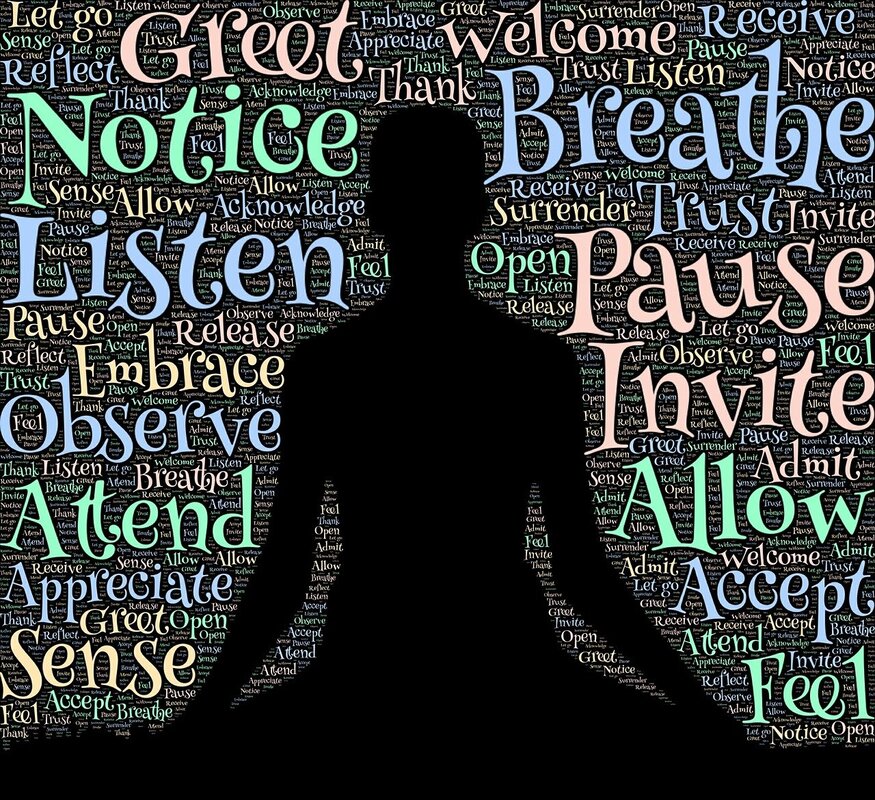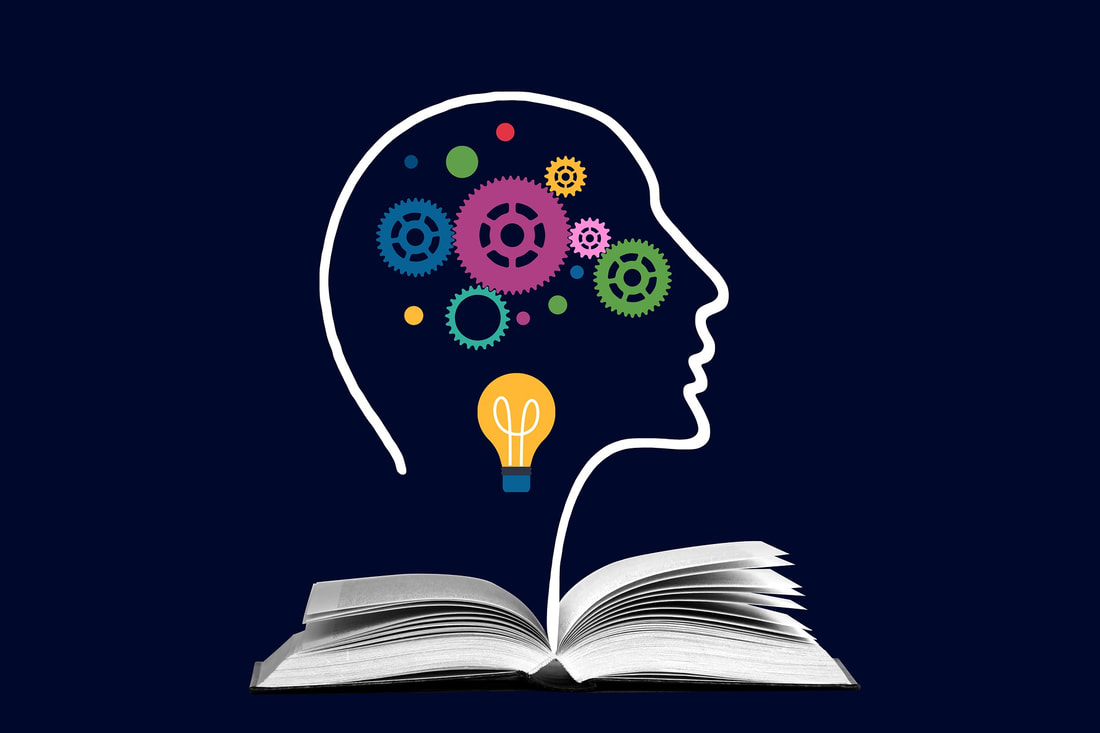|
Trauma experiences are different for everyone but essentially it is one or more exposures that is over and above your capacity to cope. However, as it was difficult to cope you may have dissociated which is similar to switching the mind off or a feeling of floating away. This is when the amygdala in the brain tells you to freeze to survive. You may also become aggressive and fight or flight by running. Again this is when the amygdala tells you to fight or flight to survive. These strategies are helpful at the time as they would have been your only way to cope. However, when you continue to use these strategies when triggers occur but your current situation is actually not harmful then you need to process your trauma to heal.
Some people use money to heal from trauma. Flight may mean gambling to cope with the trauma symptoms to avoid noticing what you are going through. You may have felt that money was more important than you when you were young so waste it away as the association is negative. You may spend money and become a hoarder as your things were either given away or as a child you felt your belongings were not valued or lived as a have not of society. This doesn't mean for parents to buy their children whatever they want as it is important to teach them it is normal to do without sometimes but some parents may be neglectful on the abusive side and not consider their child's needs which may include giving away most toys they love. For a child this may be traumatic. Instead get the child to be part of the decision making. Some families are unfortunately poor and the children may grow up wanting to make up for the past by hoarding things to avoid the feeling of lack. People may also use money to feel a sense of belonging that is not real. However the real feeling of belonging may be too triggering as it was a traumatic experience when they were young so a superficial experience is safer. Noticing how you use money can help you identify your coping strategies and if they are maladaptive. Healing from your past trauma may help you change your relationship with money. Have a look at your bank statements which will tell a story of how you use money and then identify the reason why you are spending in such a way by finding the association between past and present. Change your present by healing from your past and have a better relationship with money.
0 Comments
Most couples believe that they need to be the same and a good match but often what happens is they find someone who has a character they need such as speaking up or listening more. In Imago Therapy couples seeking symbiosis which is being similar and sharing a similar internal world or belief system eventually become frustrated when they notice differences. A healthy way of seeing your partner is being different and appreciating the differences. It is about being curious about the differences, respecting boundaries, honouring diversity and appreciating different points of views. Differentiation may create tension in relationships when symbiosis otherwise known as enmeshment creates tension. This is because symbiosis is losing yourself in the relationship rather than growing to who you are meant to be.
Couples who seek symbiosis or sameness end up being critical to their partner who shows any differentiation. Comment such as "how can you think that way", "Why did you buy that, you should know what I want", and "It is your fault with how I am feeling" is a consequences when differentiation appears. People who are in a symbiotic relationship believe there is a right way of thinking, feeling and being. In these relationships you can lose yourself and not appreciate differences. When each person in the relationship is curious about the differences they may learn new cultures, religion, food, ways of managing money and hobbies. They may not need to engage in any of the differences but appreciate them. You appreciate each other that each is not the other but you are your unique self. You both feel safe to grow, have empathy and listen without distortion. Empathy means experiencing what the other person is feeling and understanding that the frustration you or they feel is in fact what the person needs but has become irritating due to feeling threatened as the unconscious is telling you or your partner it is not safe. For example, you may have connected with your partner because they were assertive and then it became irritating. The assertive part started to feel controlling. It may mean that you didn't feel safe when you were young to have a voice and the unconscious feels threatened when it it is time to speak up so you work towards exiting the relationship. Exiting may be spending more time with friends and working longer hours. But if your unconscious becomes conscious you can actually use the experience to heal and grow. On the other hand, the controlling partner needs to listen more and let go of control. Aim for differentiation rather than someone who thinks the same. Learn to appreciate each differences and learn from each other to grow into the best version of yourselves. #couplescounselling With all the changes in industries especially in financial planning how do you encourage staff to have a passion for learning, especially when work demands are high and life stressors have increased.
Passion for learning may include learning more about the self and being curious when life does not go well, relationships are a struggle or fail and when feeling emotionally unwell. Passion for learning also includes professionally developing when staff are satisfied with their career and feel settled, meaning if they don't professionally develop anymore who would notice? Developing professionally and creating a passion for learning can be challenging especially when there is no time, when people don't need to, when finances are low and when there are many life constraints in the way. However at a systems level, professionally developing staff can create a dynamic workplace, a culture for learning and enhance performance. Performance management is a strategy which includes non-monetary and monetary rewards. Self-determination theory suggests that intrinsic motivation is more effective than external motivation however you still need both. Intrinsic motivation may include the benefits learning has on the staff member such as they may be able to apply it in their personal and work life and can use the information to build relationships such as being up to date in their field would help with developing intelligent, meaningful conversations with their peers. Learning can be conducted online, or through round tables. It can also be conducted when out for coffee or drip fed through emails. Following up on the learning by finding out how staff applied it can help develop intrinsic motivation and management receive feedback on the learning material. The process may include finding out the constraints of learning, doing a gap analysis to identify what topics to teach and identifying which platforms to use. Ensuring staff have a passion for learning will improve your branding and maintain high performance employees. It would also ensure staff would not feel redundant if they seek employment elsewhere or talk with their peers. I have been watching The Perfect Storm and up to the scene where the actors decides to continue fishing even though there were signs of danger and the crew were warned of the risk through verbal and visual form. They were also advised that the best option was to turn back home. It made me think of the decisions we choose to make even though we are told of the risk and of the times we know our options but decide on the risk. While studying financial planning I learned about risk tolerance and often use this concept in my work in psychology. I look at my client's level of risk tolerance to help understand their decision making process. I have also been interested in Daniel Kahneman and Dan Ariely's work on decision making. Daniel Kahneman focuses on cognitive bias and how we need to manage both systems one and two. System one is unconscious and if we don't think about our actions or choices enough we won't make rational decisions with systems two. However Dan Ariley talks about emotions and how they often drive our decisions. For example Dan Ariely in his book Predictably Irrational discusses the process he went through to buy a car. Firstly he completed a questionnaire online to make a logical decision to buy the right car for him but then went back and altered his responses to suite his initial preference that he desired. He said his heart and mind were in conflict. How often do we go back into our thought process, fudge our memories to get the answer we prefer so it can match our feelings which often sits in our heart space. Dan talks about going with our gut feelings rather than making long rational thought provoking choices. He also says that sometimes we need to acknowledge how we feel and then make the rational choice that Daniel Kahneman mentions. As in The Perfect Storm movie, the actors followed their desire to get what they needed and wanted. The actor's decision created victory, hardship then loss. How many times do we do the same? Only to find that the joy was a moment in time that ended up in grief and loss.
There are strategies we can follow to make the right choices. One is to acknowledge how you feel and then step back to think about alternatives. In your decision making process consider your feelings and include them in the pros and cons. If you do make a rational choice and still find your feelings are pulling you in the risky direction you make decide to take the risk however also acknowledge the consequences. Think of a strategy when making a decision and develop a checklist. A strategy can manage impulsive behaviour. For example you may look at the Worry Tree if an individual or have a strategic plan if an organisation. Decisions are usually best made with a group of people who agree and disagree with you as you need healthy conflict to reach an outcome and overcome cognitive bias. We are not always the best at acknowledging our own cognitive bias but in a group it can be challenged and reviewed. Take time to consider your process and stay with your uncomfortable feelings if you are being challenged. If you are using one anchor (piece of information) and think of an alternative one to challenge your thoughts and overcome the bias. Be mindful that when you seek alternative viewpoints you are not unconsciously seeking people who share the same view as your own and following the herd. Be open to listen to information that goes against your beliefs. Remain respectful and realise that everyone has their own journey that may not align with your own. Think of worst case scenarios. Be ready to review your belief and that the choice you need to make may not be aligned with what you wanted. Also be mindful that you will need to be detached of the outcome as success is not guaranteed. Risk can be managed but not avoided. Making healthy decisions takes time and seeking information from sources that may challenge your beliefs require you to be aware of and manage cognitive dissonance. Keep reviewing your decision making process to make healthier choices. |
AuthorProviding evidence based information regarding psychology for individuals and workplaces to empower and inform. Archives
March 2024
Categories
All
|




 RSS Feed
RSS Feed